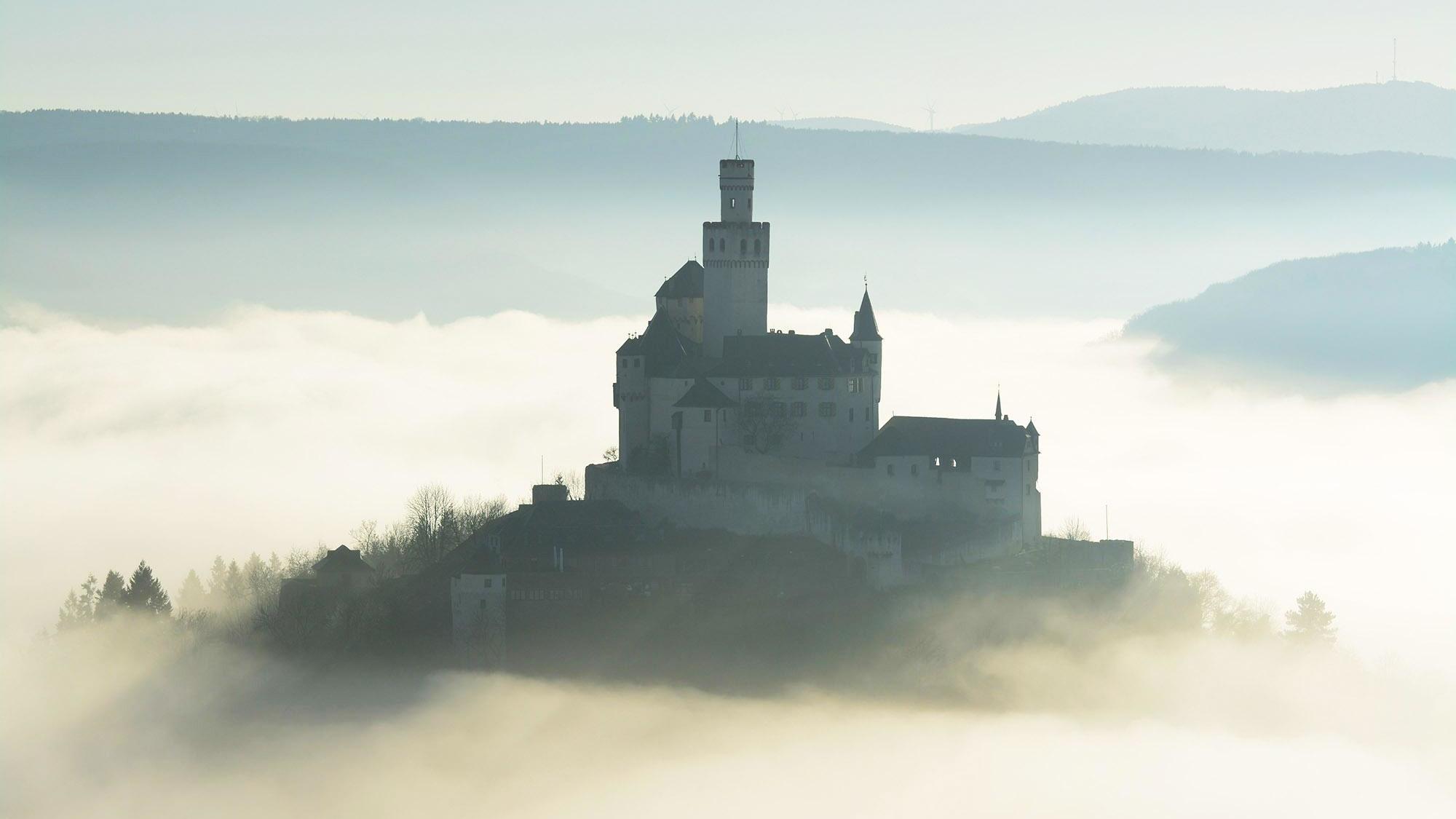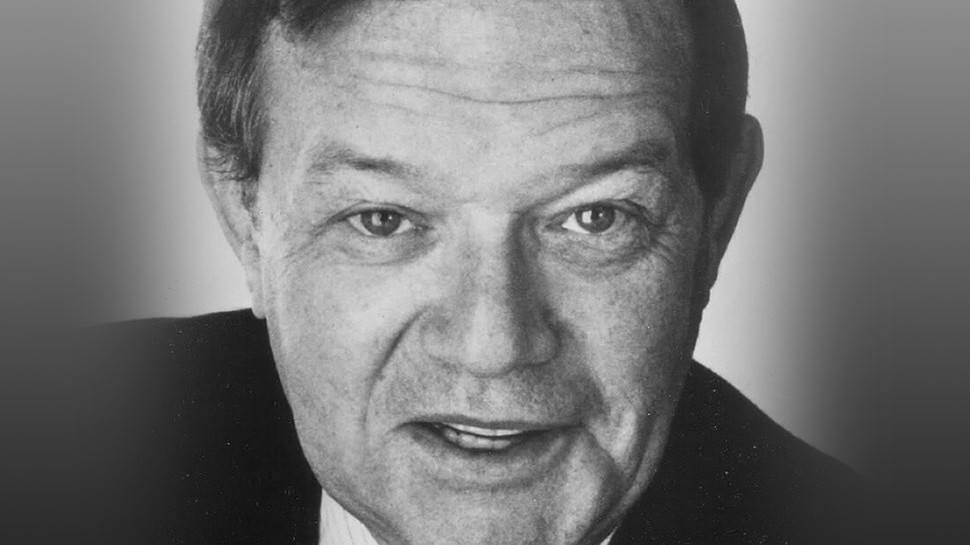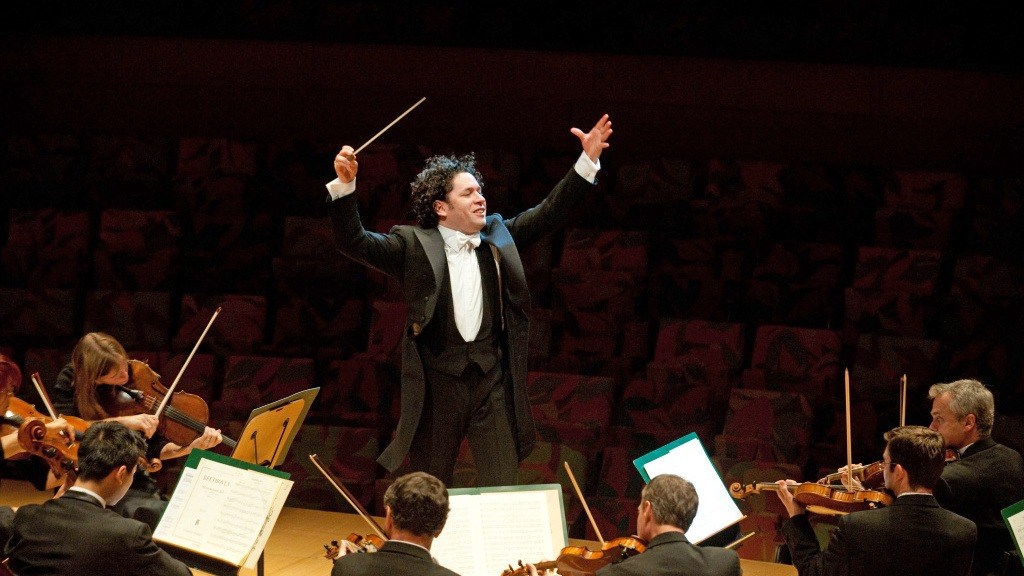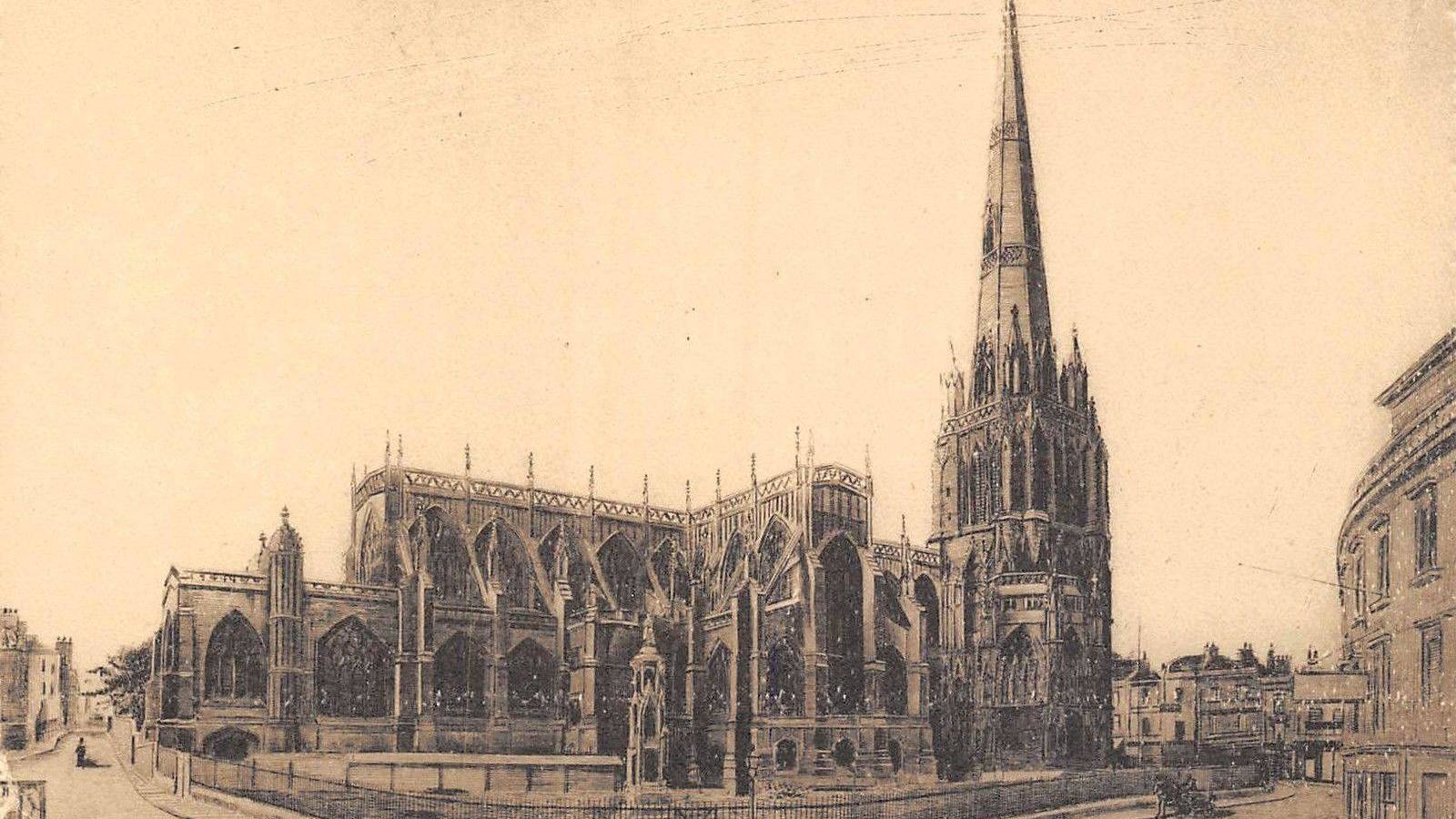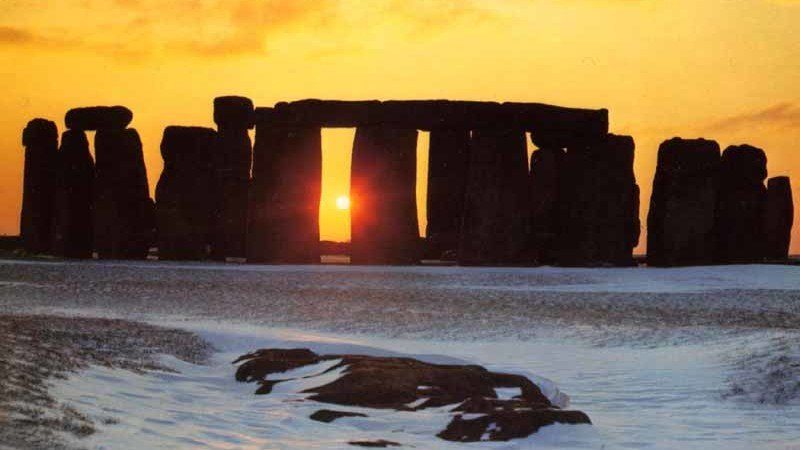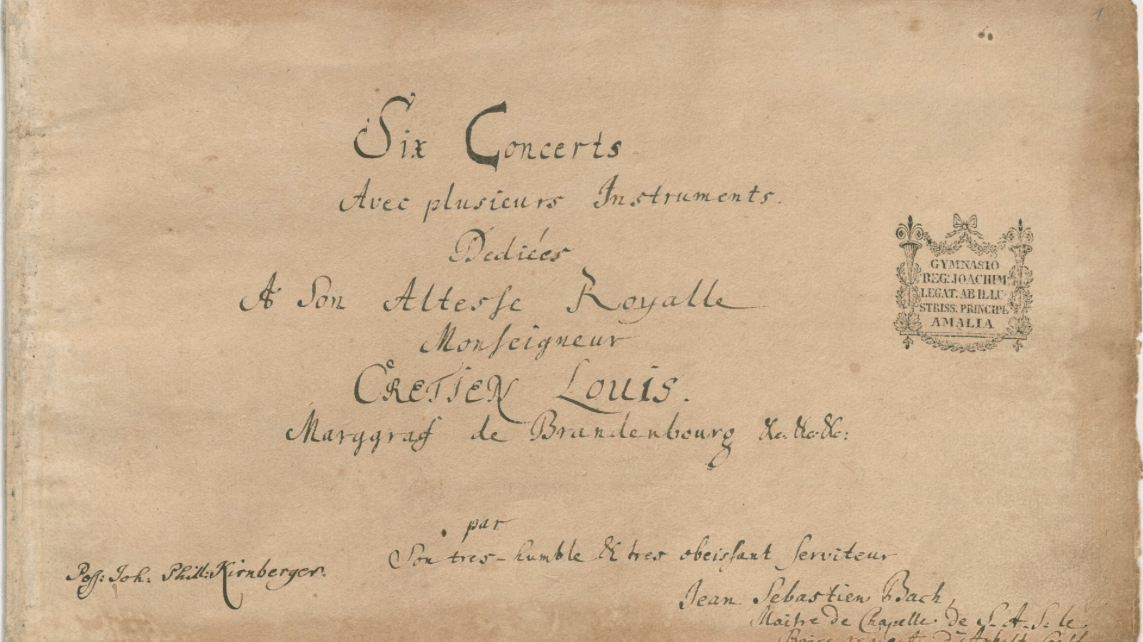Wagner’s “Das Rheingold” Prelude: Currents in E-Flat Major
Das Rheingold, the first opera in Richard Wagner’s mythic Ring Cycle, begins as a distant, barely-audible rumble in the dark, murky depths of the orchestra. Entering one by one in cool, overlapping sonic currents, eight horns announce the Ring‘s expansive, rising “nature” motive. It’s a gradual, primal awakening- 136 bars and over four minutes of pure, unending E-flat major. We’re forced to confront the power and majesty of the basic, fundamental elements of …

